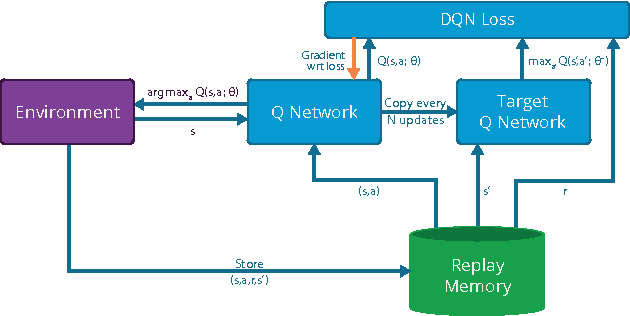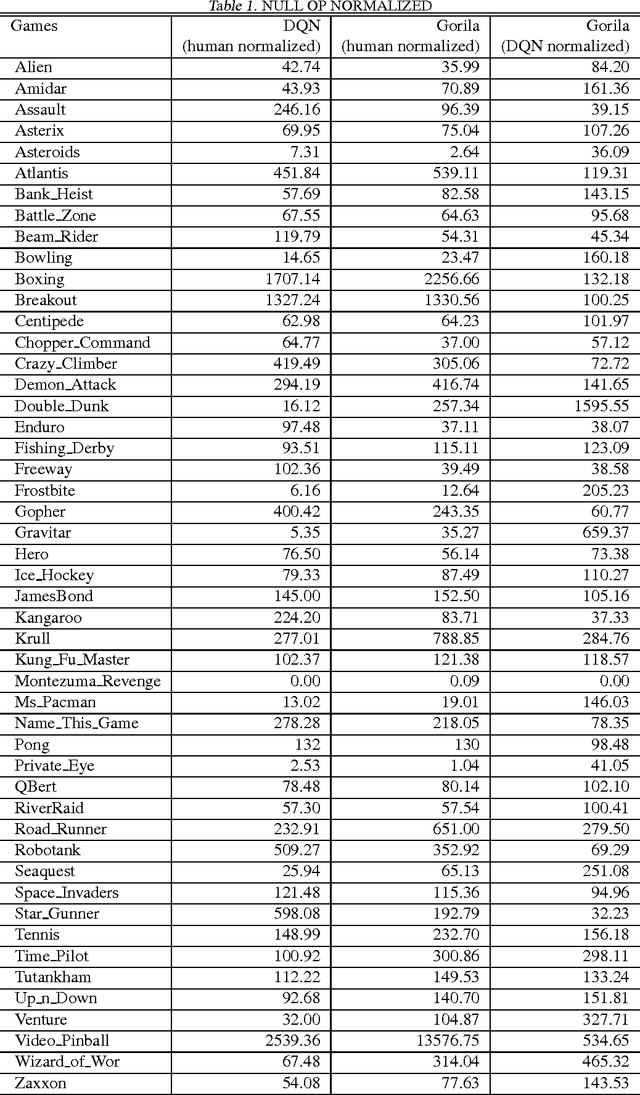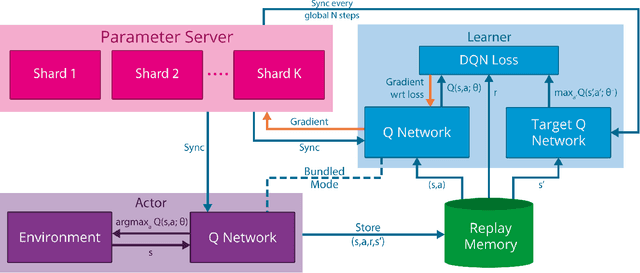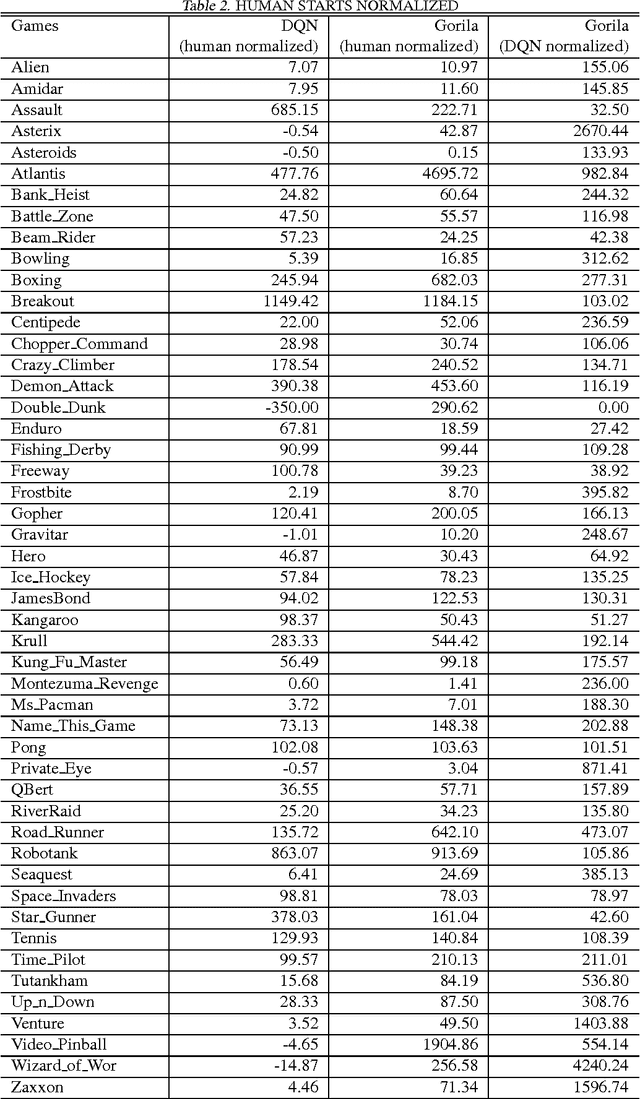Praveen Srinivasan
Gemini 1.5: Unlocking multimodal understanding across millions of tokens of context
Mar 08, 2024Abstract:In this report, we present the latest model of the Gemini family, Gemini 1.5 Pro, a highly compute-efficient multimodal mixture-of-experts model capable of recalling and reasoning over fine-grained information from millions of tokens of context, including multiple long documents and hours of video and audio. Gemini 1.5 Pro achieves near-perfect recall on long-context retrieval tasks across modalities, improves the state-of-the-art in long-document QA, long-video QA and long-context ASR, and matches or surpasses Gemini 1.0 Ultra's state-of-the-art performance across a broad set of benchmarks. Studying the limits of Gemini 1.5 Pro's long-context ability, we find continued improvement in next-token prediction and near-perfect retrieval (>99%) up to at least 10M tokens, a generational leap over existing models such as Claude 2.1 (200k) and GPT-4 Turbo (128k). Finally, we highlight surprising new capabilities of large language models at the frontier; when given a grammar manual for Kalamang, a language with fewer than 200 speakers worldwide, the model learns to translate English to Kalamang at a similar level to a person who learned from the same content.
Gemini: A Family of Highly Capable Multimodal Models
Dec 19, 2023Abstract:This report introduces a new family of multimodal models, Gemini, that exhibit remarkable capabilities across image, audio, video, and text understanding. The Gemini family consists of Ultra, Pro, and Nano sizes, suitable for applications ranging from complex reasoning tasks to on-device memory-constrained use-cases. Evaluation on a broad range of benchmarks shows that our most-capable Gemini Ultra model advances the state of the art in 30 of 32 of these benchmarks - notably being the first model to achieve human-expert performance on the well-studied exam benchmark MMLU, and improving the state of the art in every one of the 20 multimodal benchmarks we examined. We believe that the new capabilities of Gemini models in cross-modal reasoning and language understanding will enable a wide variety of use cases and we discuss our approach toward deploying them responsibly to users.
Massively Parallel Methods for Deep Reinforcement Learning
Jul 16, 2015



Abstract:We present the first massively distributed architecture for deep reinforcement learning. This architecture uses four main components: parallel actors that generate new behaviour; parallel learners that are trained from stored experience; a distributed neural network to represent the value function or behaviour policy; and a distributed store of experience. We used our architecture to implement the Deep Q-Network algorithm (DQN). Our distributed algorithm was applied to 49 games from Atari 2600 games from the Arcade Learning Environment, using identical hyperparameters. Our performance surpassed non-distributed DQN in 41 of the 49 games and also reduced the wall-time required to achieve these results by an order of magnitude on most games.
Recovering Articulated Object Models from 3D Range Data
Jul 11, 2012



Abstract:We address the problem of unsupervised learning of complex articulated object models from 3D range data. We describe an algorithm whose input is a set of meshes corresponding to different configurations of an articulated object. The algorithm automatically recovers a decomposition of the object into approximately rigid parts, the location of the parts in the different object instances, and the articulated object skeleton linking the parts. Our algorithm first registers allthe meshes using an unsupervised non-rigid technique described in a companion paper. It then segments the meshes using a graphical model that captures the spatial contiguity of parts. The segmentation is done using the EM algorithm, iterating between finding a decomposition of the object into rigid parts, and finding the location of the parts in the object instances. Although the graphical model is densely connected, the object decomposition step can be performed optimally and efficiently, allowing us to identify a large number of object parts while avoiding local maxima. We demonstrate the algorithm on real world datasets, recovering a 15-part articulated model of a human puppet from just 7 different puppet configurations, as well as a 4 part model of a fiexing arm where significant non-rigid deformation was present.
 Add to Chrome
Add to Chrome Add to Firefox
Add to Firefox Add to Edge
Add to Edge